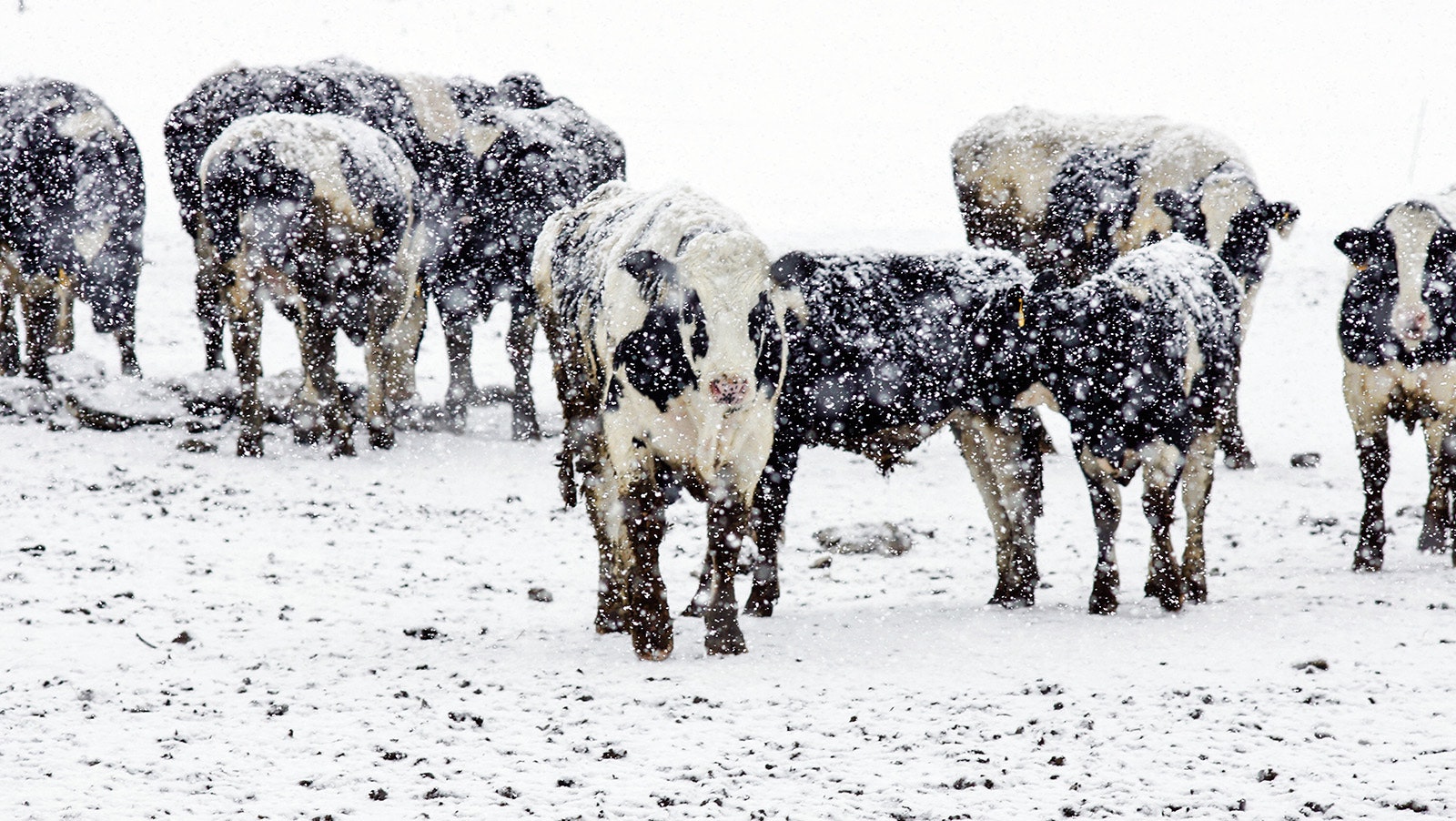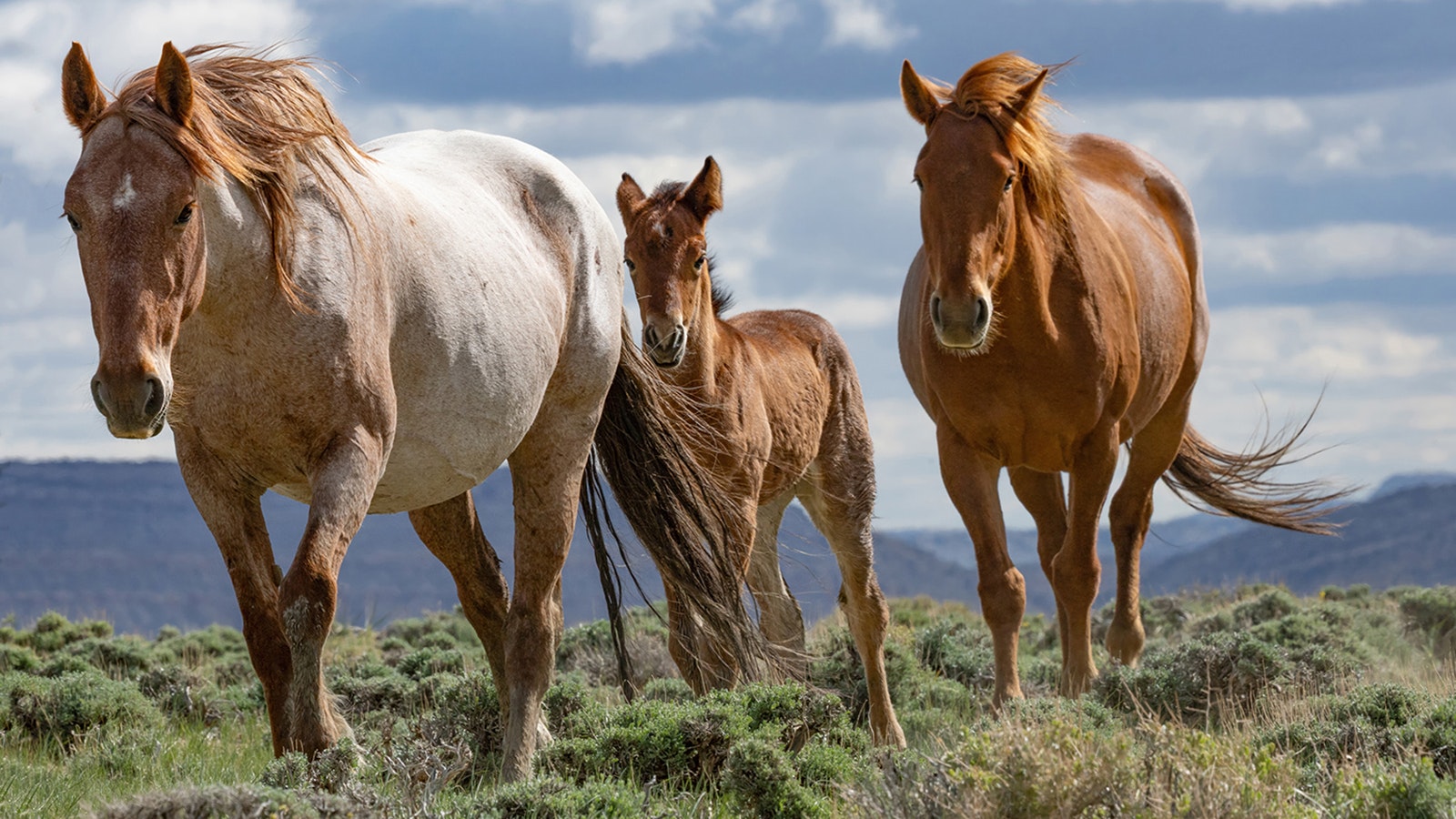Jim Magagna can recall digging sheep out of the snow by hand after a brutal blizzard during the winter of 1976-77.
“In some cases, the snow had drifted completely over the sheep, trapping them,” he told Cowboy State Daily on Thursday.
Magagna is an experienced sheep rancher and executive vice president of the Wyoming Stock Growers Association. He was recalling how a massive blizzard buried much of his family’s sheep herd in the Red Desert that winter.
They were dreadfully worried that the animals had died, but most miraculously survived.
“We were digging them out four and five days later,” he said. “The snow had covered them, but the heat from their breathing had created holes in the snow, so they hadn’t suffocated.”
Cold Not The Real Threat To Livestock
An Arctic front this week plunged Wyoming into record-breaking cold. Casper hit an all-time record low air temperature of minus 42 degrees.
And wind chills in some places drove felt temperatures down to 65 degrees below zero or lower.
Even so, particularly because of the relative brevity of the extreme cold, this storm shouldn’t be too much of a threat to livestock, Magagna said. Temperatures were expected to start warming again by Friday.
And even extended periods of deep cold generally aren’t a threat to livestock, provided they’re properly fed and watered, he said.
It’s drifting snow that cattle and sheep ranchers tend to dread the most, Magana said.
“After some big storms, people will find sheep that have been drifted into fence corners, and if their breathing doesn’t create holes in the snow, they’ll suffocate and die,” he said.
If the snow gets deep enough, cattle can suffer the same fate, Magagna said.
1886-87 Maybe Worst Year Ever
There have been a few blizzards or brutal winters that killed huge swaths of Wyoming livestock, Magagna said. One of note was the winter of 1983-84.
However, the late 19th Century was a real nightmare for Wyoming stock growers.
Entire ranches were wiped out of business during the blizzards of 1886-87, Magagna said. Hundreds of thousands of cattle were lost across Wyoming and neighboring states.
The ordeal came to be called the great cattle extinction or the “Big Die-Up” and forever changed the face of ranching across Wyoming, Montana, Nebraska and the Dakotas.
The northern range was home to millions of cattle and huge, thriving ranches. But after a dry summer killed much of the grass, blizzards and deep freezes of winter buried and suffocated cattle all across the region. Many others died of starvation.
In the aftermath, many cowboys were left out of work and either wandered out of the West to seek fortune elsewhere or took to cattle rustling out of desperation.
Keep ’Em Fed
Cattle and sheep, just like humans, need lots of high calorie food and water to stay warm when temperatures take a deep plunge, Magagna said.
To that end, most ranches start stockpiling hay well before the snow flies, in case forage gets covered to deep, or frozen to hard for livestock to get to.
The current predictions say this week’s chill is hardly the end of bad weather for Wyoming, he added. It’s expected to be a long, cold winter. That could affect the hay market into next spring.
“This storm and cold front could affect things to the extent that it will require extra feeding for these next few days,” he said. “It might create a situation where in the spring, people who are getting low on hay will have to go out and by some more, and by then, it will be expensive.”





